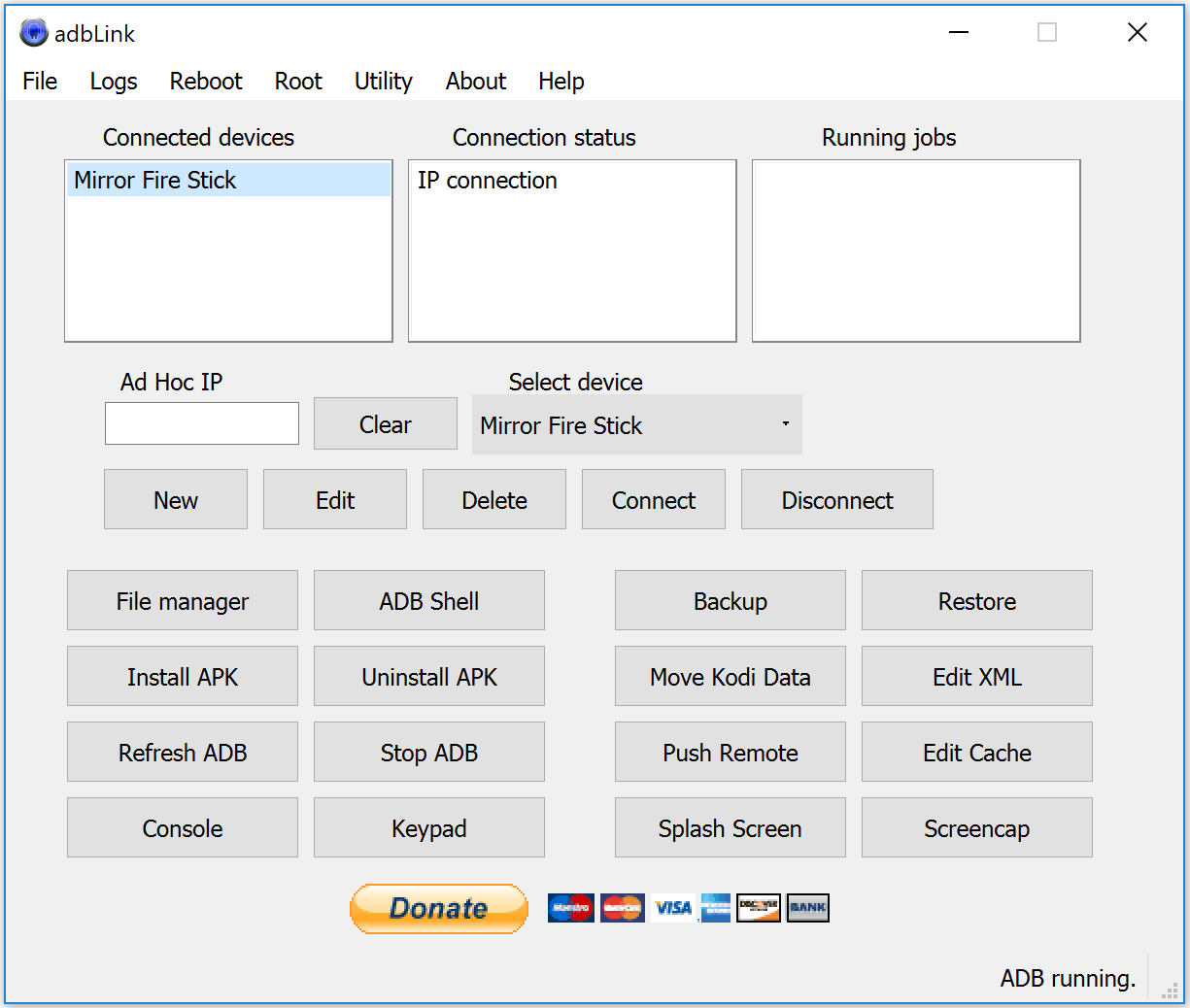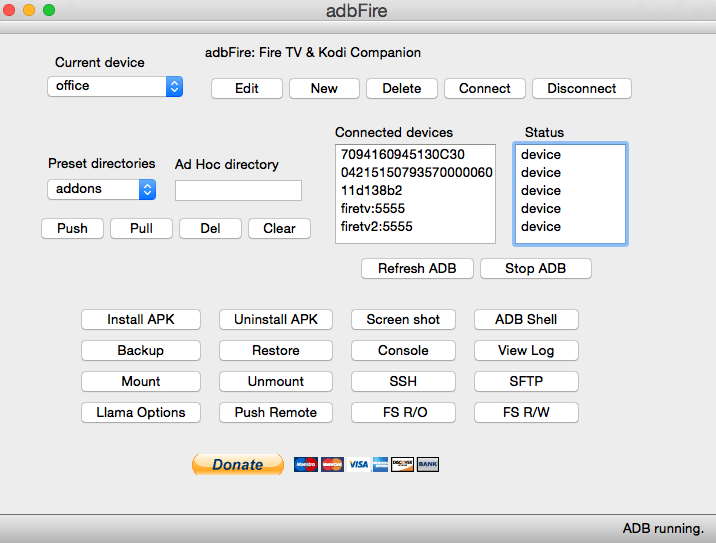

Tools -> Android -> Android Device MonitorĪfterward, Android Device Monitor(DDMS) window will open and you can upload files using File Explorer. If you want to do it using graphical interface you can follow this inside android studio menus: For details you can have a look in android tutorial and this link. If you face EACCES (Permission denied) exception when you try to read file inside your application, it means you have no access to files inside external storage, since it requires a dangerous permission.įor this situation, you need to request granting access manually using new permission system in Android 6.0 and upper version. It is the same if you try commands like this: adb push myfile.txt /mnt/sdcard/myfile.txt In Android 6.0+, you should use same process but your android application cannot access files which pushed inside SDCARD using DDMS File Explorer. Select file you want to upload and it will upload file to desired location. Right click on that folder and select upload(or press Ctrl+ Shift+ O). Then you can navigate to folder which you want to push your file in it. Quick search window will appear, then type Device File in it and Device File Explorer will appear in search result and you can click it.

Click on the Android Icon which can be found in the toolbar itself. How ever you can also use the Android Device Monitor to access files.

You can also copy file from emulator to Desktop adb pull Mac/Linux stored db and log files in the adbfiles directory, alongside the binary.įor Mac, right-click on adbLink.You can use the ADB via a terminal to pass the file From Desktop to Emulator. Windows stored db and log files in the directory. jocala directory.įor adbLink 2.4 - 3.0, adbLink's internal files were stored differently. If you are upgrading from adbLink 2.4 or greater, you can copy Under Windows, the AppData directory is hidden by the OS, but dot Users//AppData/Roaming/.jocala/adblink.log Users//AppData/Roaming/.jocala/adblink.db jocala directory is preserved during a re-install or upgrade. Your device database and logs are are stored in a dedicated area in your $HOME, the.


 0 kommentar(er)
0 kommentar(er)
